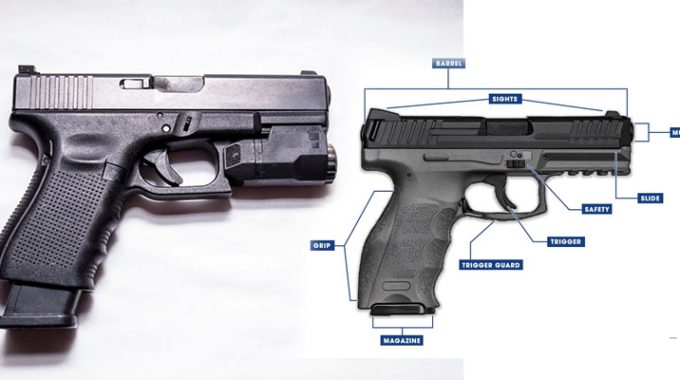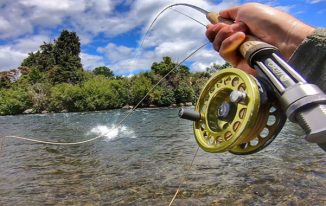Firearm attachments play a crucial role in enhancing the performance, accuracy, and adaptability of firearms. These attachments are designed to cater to specific needs and scenarios, providing shooters with a customizable shooting experience. Whether for recreational shooting, self-defense, or tactical applications, understanding the various firearm attachments and their functions is essential for responsible gun owners. Here, we will discuss some of the most common firearm attachments and how they contribute to improving firearm capabilities.
1. Optics: Scopes and Red Dot Sights
Optics are crucial attachments that help shooters achieve improved accuracy and target acquisition. There are two primary types of optics: scopes and red dot sights.
Scopes: Scopes are magnifying devices with reticles (crosshairs) that allow shooters to view distant targets more clearly. They come in various magnification levels, such as fixed power or variable power scopes, providing shooters with a zoomed-in view of the target. Scopes are ideal for precision shooting, hunting, and long-range engagements.
Red Dot Sights: Red dot sights like vortex red dots, on the other hand, offer a non-magnified aiming point, represented by a red dot or reticle. They provide fast target acquisition and are especially useful in close-quarters combat and rapid-fire scenarios. Red dot sights come in various configurations, including tube-style sights and open reflex sights.
2. Flashlights and Weapon Lights
Flashlights and weapon lights are essential for low-light and tactical situations. They provide illumination and aid in target identification and threat assessment. There are two main types of lights:
Handheld Flashlights: These are independent light sources that shooters can carry separately from their firearms. They are versatile and useful for general illumination purposes.
Weapon Lights: Weapon-mounted lights are specifically designed to attach to firearms, often under the barrel or on the side rail. They allow shooters to keep both hands on the weapon while maintaining illumination on the target, providing better control and situational awareness in low-light conditions.
3. Foregrips
Foregrips are attachments mounted on the front of a firearm and are used to improve stability, control, and handling. They come in various designs, including vertical grips, angled grips, and hand stops. Foregrips help reduce muzzle rise and improve accuracy during rapid-fire sequences. They are commonly used in tactical and sport shooting scenarios.
4. Suppressors
Suppressors, also known as silencers, are attachments that reduce the noise and muzzle flash generated when a firearm is discharged. They attach to the barrel of the firearm and trap and cool escaping gases. Contrary to popular belief, suppressors do not make guns completely silent but significantly reduce the noise level. They are legal in many countries and are often used in shooting sports and hunting to minimize noise pollution and protect shooters’ hearing.
5. Bipods
Bipods are attachments that provide a stable shooting platform by offering support at the front end of the firearm. They are commonly used in precision shooting, such as long-range shooting and hunting. Bipods help shooters maintain a steady aim, reduce fatigue during extended shooting sessions, and improve overall accuracy.
Conclusion:
Firearm attachments serve various purposes, allowing gun owners to customize their weapons to suit specific shooting needs. Whether it’s enhancing accuracy with optics, increasing control with foregrips, or improving shooting comfort with bipods, each attachment plays a significant role in optimizing firearm performance. However, it’s crucial to remember that responsible firearm ownership involves understanding local laws and regulations regarding the use of attachments. Always prioritize safety, proper training, and adherence to legal guidelines when utilizing firearm attachments.













